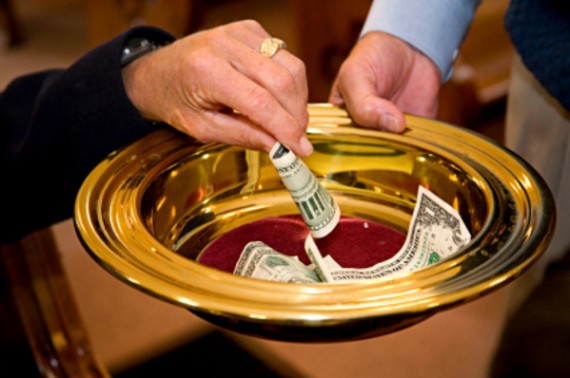
As we saw yesterday, in the era of the New Testament, there were two main ways of gaining financial support for the work of the ministry. You either worked a job to pay your own expenses, or you found a rich Patron who would you on as a client and pay for your expenses.
The Early Church Fathers
Outside of the New Testament, we see these two methods referenced over and over in the writings of the early church fathers. Some worked with their hands and supported themselves. Others sought out a Patron to provide for their needs and give them the food and clothes they needed so they could teach, travel, study, and write. Typically, the first few lines of a book indicate whether an early church father was a client or not, as those who have Patrons usually always dedicate their book or pamphlet to their Patron. For example, the patron of St. Jerome was Pope Damasus, and Jerome makes frequent references to works that had been commissioned to him by Damasus, and that once written, they would be dedicated to Damasus.
The Client-Patron Pope
The fact that the Pope was a Patron raises an interesting point. At this point in church history, the spiritual leader in the church of Rome was also a Client. He was a Client of the Roman Empire. When Emperor Constantine converted to Christianity and made it the official religion of the Roman Empire, the church was unified with the Roman Empire, and was viewed as a Client to the Empire. The Empire turned over all the pagan temples and most of the pagan priests to the Church, and paid for them all out of the Empires vast tax and war revenue.











